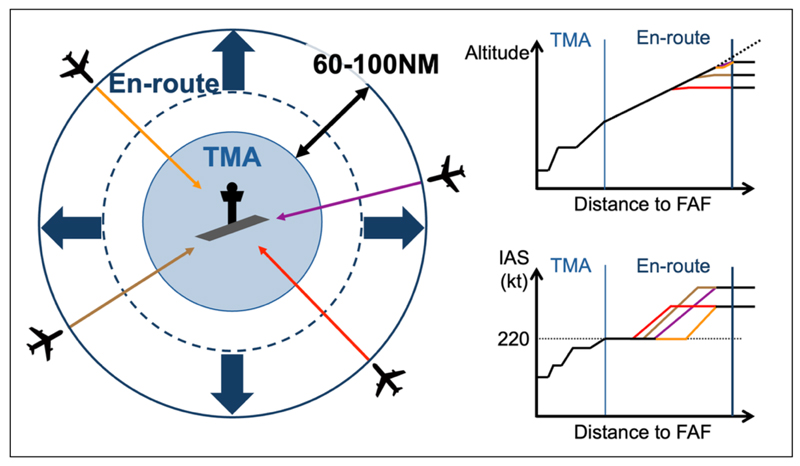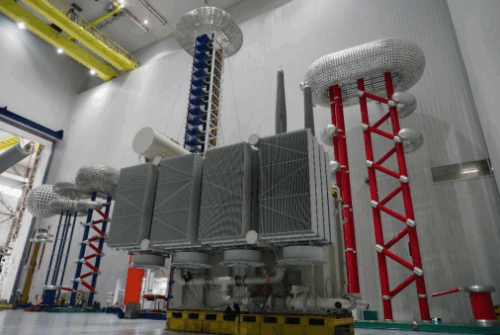2025-05-21 北海道大学

微量水分が促進する正極表面の劣化機構
<関連情報>
- https://www.hokudai.ac.jp/news/2025/05/post-1890.html
- https://www.hokudai.ac.jp/news/pdf/250521_pr2.pdf
- https://advanced.onlinelibrary.wiley.com/doi/10.1002/aenm.202502050
従来のエーテル電解液を用いたマグネシウム蓄電池における正極/電解液界面の課題解明 Decoding Cathode-Electrolyte Interface Issues in Conventional Ethers Electrolytes-Based Magnesium Rechargeable Batteries
Ruijie Zhu, Takashi Yabu, Cheng Yang, Huijun Yang, Akira Nasu, Toshihiko Mandai, Masaki Matsui, Hiroaki Kobayashi
Advanced Energy Materials Published: 19 May 2025
DOI:https://doi.org/10.1002/aenm.202502050
Abstract
Magnesium rechargeable batteries (MRBs), as a promising candidate for next-generation high-energy batteries, offer inherent advantages in terms of resource availability and safety. To identify the key factors for achieving high-voltage MRBs, this study ether-based weakly coordinating anion (WCA) electrolytes—Mg[B(OCH(CF3)2)4]2 (BHFIP) and Mg[Al(OCH(CF3)2)4]2 (AlHFIP)— are investigated under varying water content to elucidate their electrochemical behavior on carbon-coated Al current collectors and MnO2 cathodes. The two electrolytes are found to exhibit different characteristics in moisture, but as a common conclusion, trace water can promote electrolyte decomposition and CEI formation. Ultimately, the BHFIP electrolyte, designed with a low water content, successfully enables reversible Mg||MnO2 cells cycling under high voltage (4 V cut-off, > 50 cycles) by mitigating side reactions, whereas higher water content accelerates solvent/anion decomposition and MnO2 dissolution. The work highlights trace water content as a critical factor in ether-based MRB’s electrolyte design, demonstrating that optimized BHFIP electrolytes have potential in stabilizing high-voltage MRBs while emphasizing the need for moisture-resistant functional materials to enhance battery performance.



